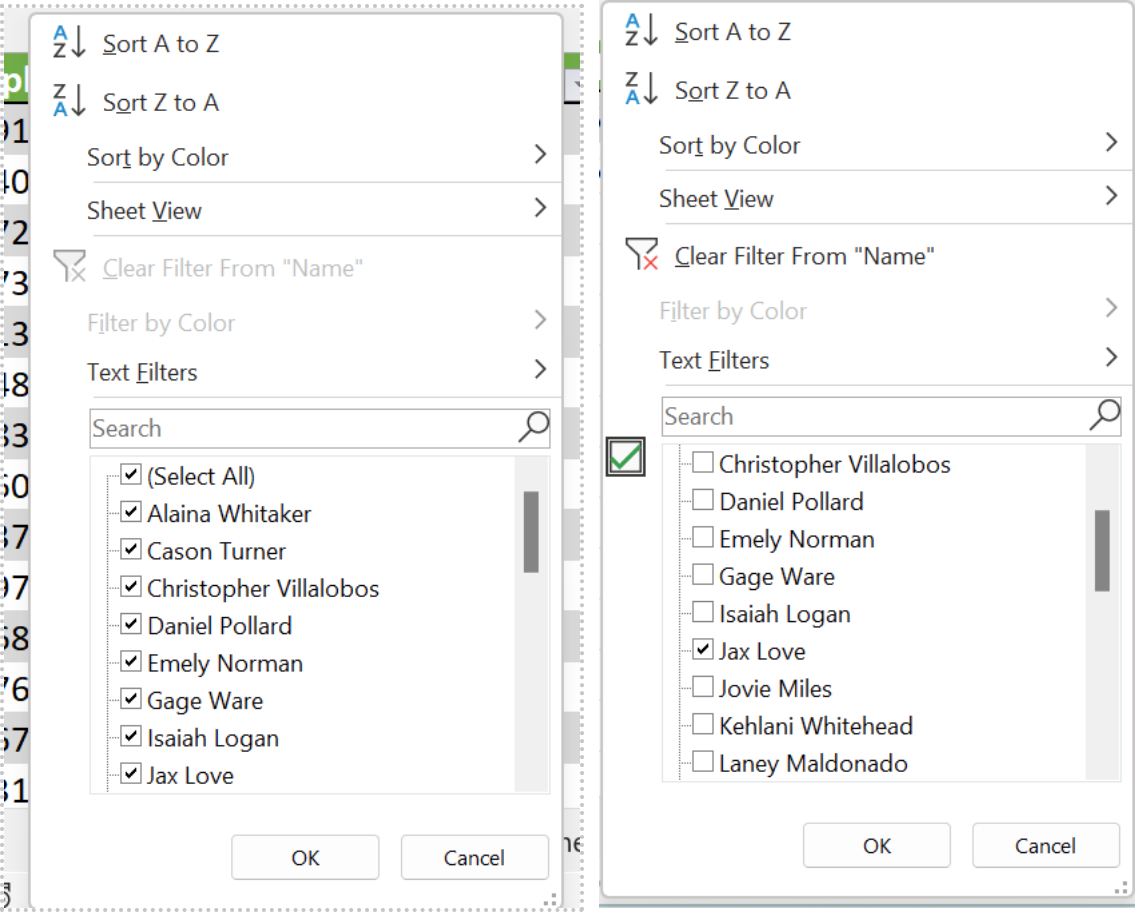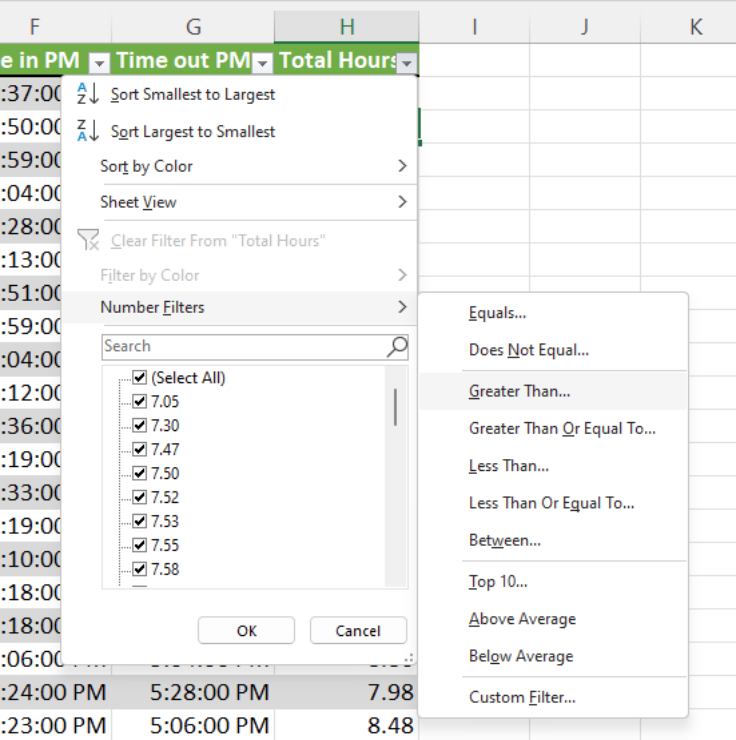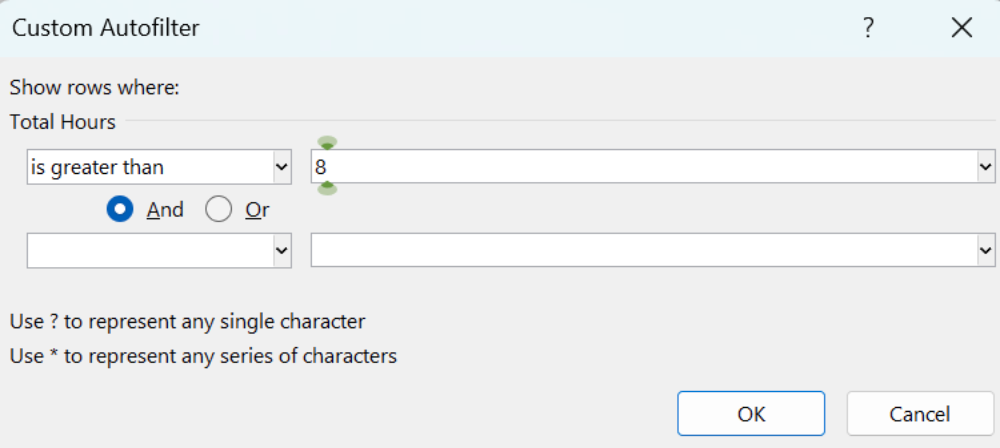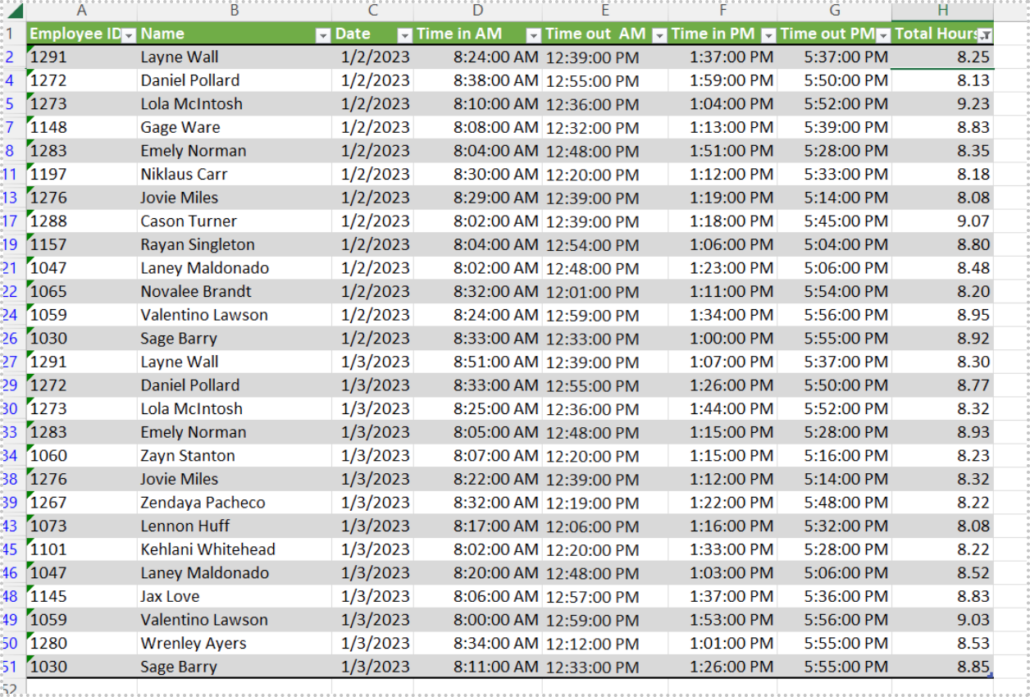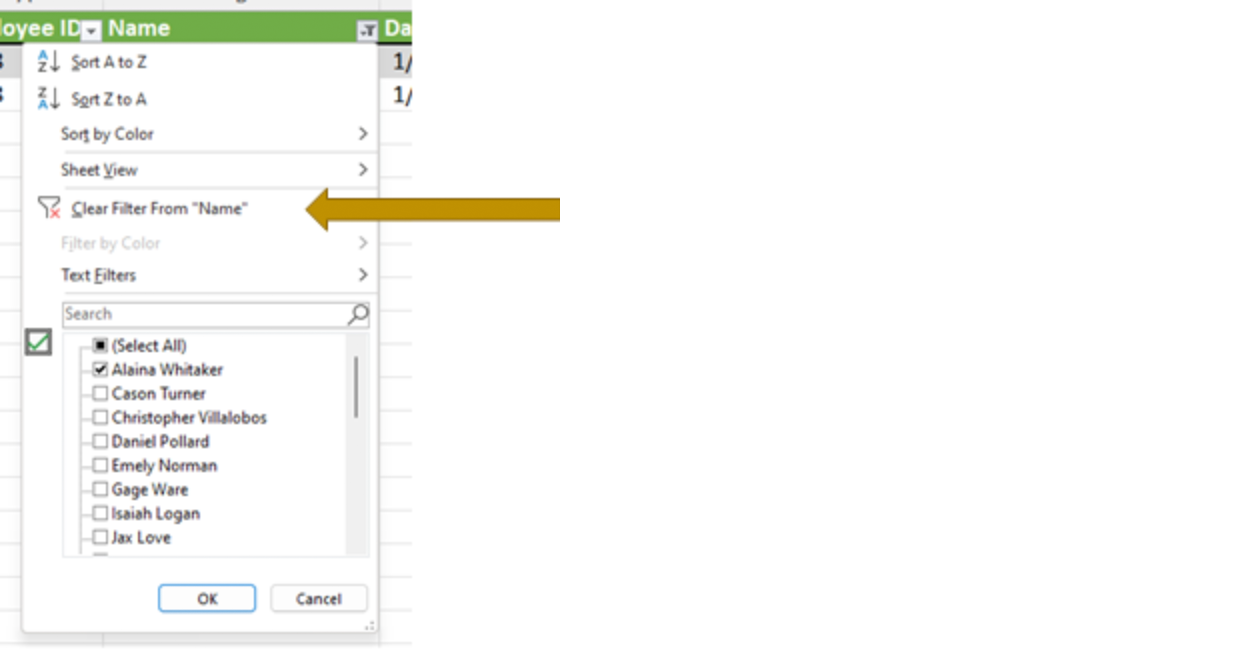News & Updates: Data in Practice: Navigating Excel for Lawyers | Fix Your Formatting (Part III)
Data in Practice: Navigating Excel for Lawyers | Fix Your Formatting (Part III)
Posted by Marie Jonas
Data permeates every aspect of legal practice. Data in Practice is a bimonthly feature to provide practical tools for attorneys to better organize, manipulate, and understand data. Whether it’s working with basic case information, preparing document productions, or conducting exposure analyses, a more robust knowledge of Excel is guaranteed to streamline your work. A few simple tools can help attorneys more efficiently and effectively represent their clients, and better navigate a professional landscape inundated with big data.
Marie Jonas is a Partner in Folger Levin’s litigation practice group. Marie has over a decade of hands-on experience working with Excel in all aspects of her practice: ranging from investigations to trial. If you have an idea for a topic involving practical data tips for lawyers, she can be reached at mjonas@folgerlevin.com.
Fix Your Formatting
(Part III)
Filters enable a quick glimpse of the most pertinent pieces of information
Here’s a final tip to help make the most of your formatted table. (Sample data can be accessed here.)
Use Your Filter
A simple tool that attorneys often overlook (or find to be a nuisance) is the column “filter.” We are used to filtering our thoughts, not our spreadsheets!
By using filters, lawyers can quickly sort, categorize, and manipulate data, making it easier to identify important information and draw meaningful insights from it. Luckily, when you format your data as a table, as shown in a prior post, it applies filters automatically to the entire table. (To filter without use of a table, you can also select the relevant columns, then click on the “Data” tab and select “Filter.”) From there, you can choose to sort data by specific columns, such as name or case status, and apply multiple filters to further refine your results.
With our sample data, we can look at one employee’s records, or limit our view to only time entries over 8 hours for overtime purposes.
Filtering Names
To get data for just one employee, click on the downward triangle to the right of “Name” in column B1, unselect “Select All”, click on a name (let’s say Jax Love), then click “OK”:
There, you see his two entries in this sample data set.
Filtering numbers
The process is similar for numbers, but because of the number format of the cells, Excel provides more options. You can tailor your filter to the values (greater than, less than, etc.), rather than selecting numbers individually. A similar principle applies to dates.
A lawyer working on a wage-and-hour case may want to see how many entries from an employer’s data shows over 8 hours worked for overtime purposes. Simple. Go to the triangle in the “Total Hours” column (that we formatted last week), select “Greater Than…”, enter the number (8) in the top row, and click “OK”.
In this sample data set, we’ll see the 27 entries returned by our filter (a total that is displayed in the very bottom left of our spreadsheet).
 Unfiltering
Unfiltering
If you want to “unfilter” a column, look for the funnel icon on the right corner of a column’s header.
This symbol means that a filter has been applied, and to undo it, you simply need to click on that button, and select the “Clear Filter” option.
These few formatting basics from the past few weeks will take minutes to apply (if that) and can make any preliminary review of a data set much more manageable.
Sheet Cheat
The Sheet Cheat will feature a short excel function or data tool for readers to try out. Please share your favorite cheat via email, and I may include it in a future post!
Ever have a bunch of files in a folder and you want to make a quick index? File Explorer doesn’t make it easy to cut-and-paste file names. Rather than type titles manually, copy and paste the file path of the folder containing your files into a browser (Firefox, Chrome, etc.) The browser will display the Name, Size, and Date Modified of your files in a copy-and-pastable format. Drop that into Excel, and you have yourself ready-to-format table.
